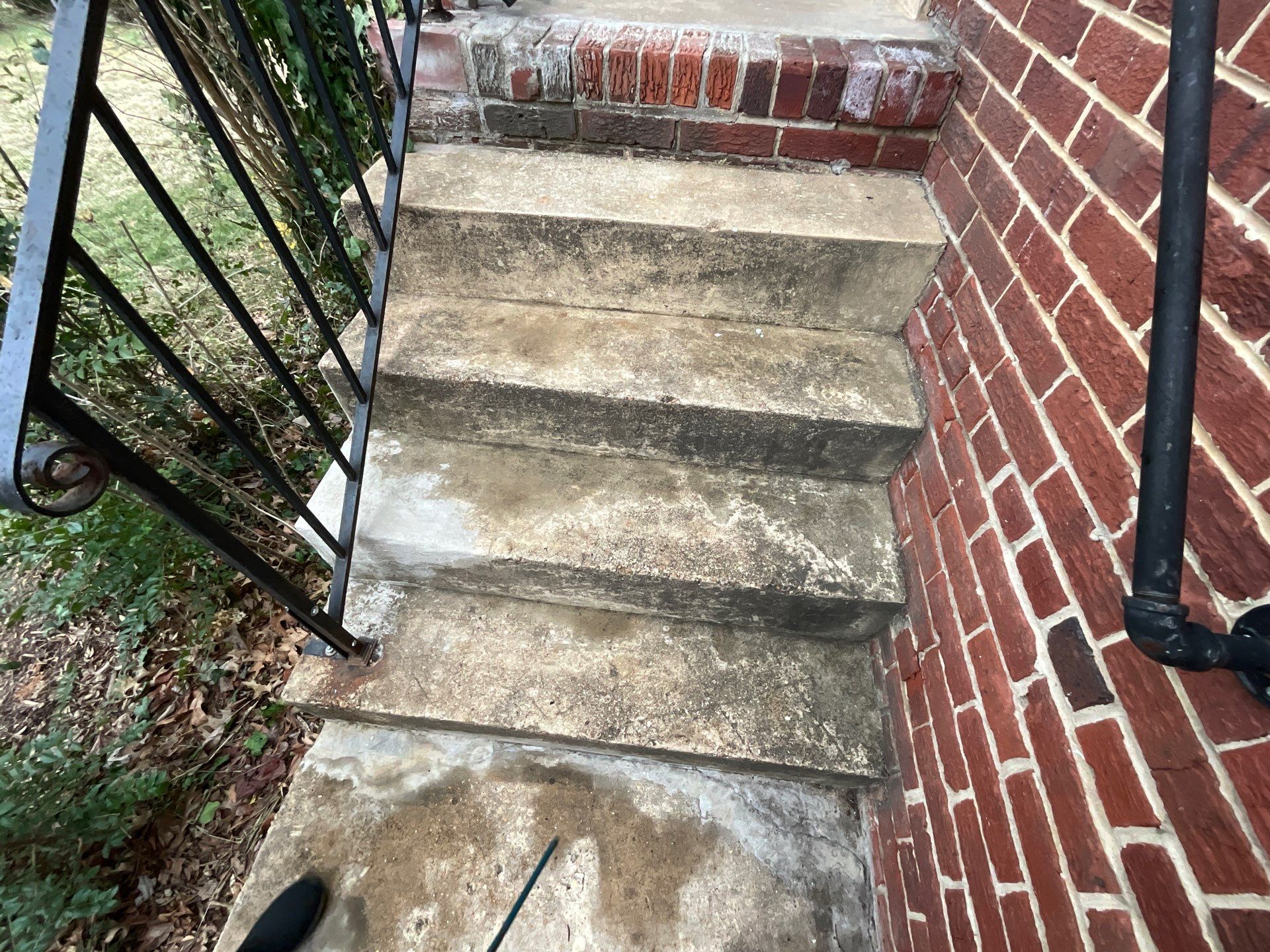Maybe your kid was riding their cool new bike in the house or maybe you were trying to move that sectional to the basement, either way, now there is a dent in your wall.

Places where picture frames once hung or your tv was mounted can leave behind small holes once moved. The good news is that even if you cannot tell a Phillips head from a flat head, you can patch these holes yourself.
Hopefully you have some paint left over from the room you are working in, otherwise you may end up having a painting project on your hands as well. All you need to do for this repair is four simple things. First, sand down the hole so it is smooth. Second, using a putty knife, fill the hole with putty. Third, sand down the excess putty once dried. And fourth, prime and paint the area. Baddabing baddaboom! Good as new.
These slightly larger holes are also not difficult to take on thanks to patch kits that are readily available. Pick up a kit and get to work.
Second verse, same as the first. Start out by sanding the area smooth. Prep work is a big part of what the final outcome will look like, so be sure to really smooth the edges of the hole. Next, take the self-adhesive patch provided and line it up as centered as you can. Really press along the edges to make it secure. Follow that up by spackling over the patch. Use your putty knife to really work the spackling in along the edges of the patch. You may need to apply multiple coats in order to fully cover the patch. Once completely dry and fully covered, sand down the area once again and finish with paint.
For this type of drywall repair, you will need a few more tools. Specifically, you will want to grab measuring tape, a piece of drywall, a pencil, drywall saw, sandpaper, and putty.
Begin by cutting your new drywall piece 2 inches larger than your hole, both in height and width. Take off the 2 extra inches of your drywall leaving just the paper backing. You will use this to secure your piece in place.
Next, measure and enlarge the hole to match your drywall piece. Be sure to sand any excess paint and debris once you have made your cuts, so you can work with a smooth surface.
Now, you will want to paste putty onto the paper backing part of your filler piece and apply it to the hole. Press firmly along all edges to make sure it is attached.
Next, plaster the entire patch with putty. Just as with the smaller self-adhesive patch, you will probably need to do several coats. Let it dry and finish up with paint.
There you have it. With a few simple steps, you will be saying, “Hole? What hole?” Sometimes though, you may have a drywall repair that may require a bit more expertise. Such as when water damage is present. If this is the case for you, do not worry. My Painter will be happy to come out and take care of any drywall needs you have. We make sure to take the time to retexture your wall before leaving so that you will never be able to spot the difference between your original wall and the patch.

Find out how often homeowners should wash their house to keep siding clean, protected, and looking its best year-round.
.png)
Learn how homeowners achieve flawless, long-lasting results with expert wall repair and professional residential painting.

Learn how to spot the early warning signs of wood rot on your trim, siding, or deck before it leads to costly repairs.